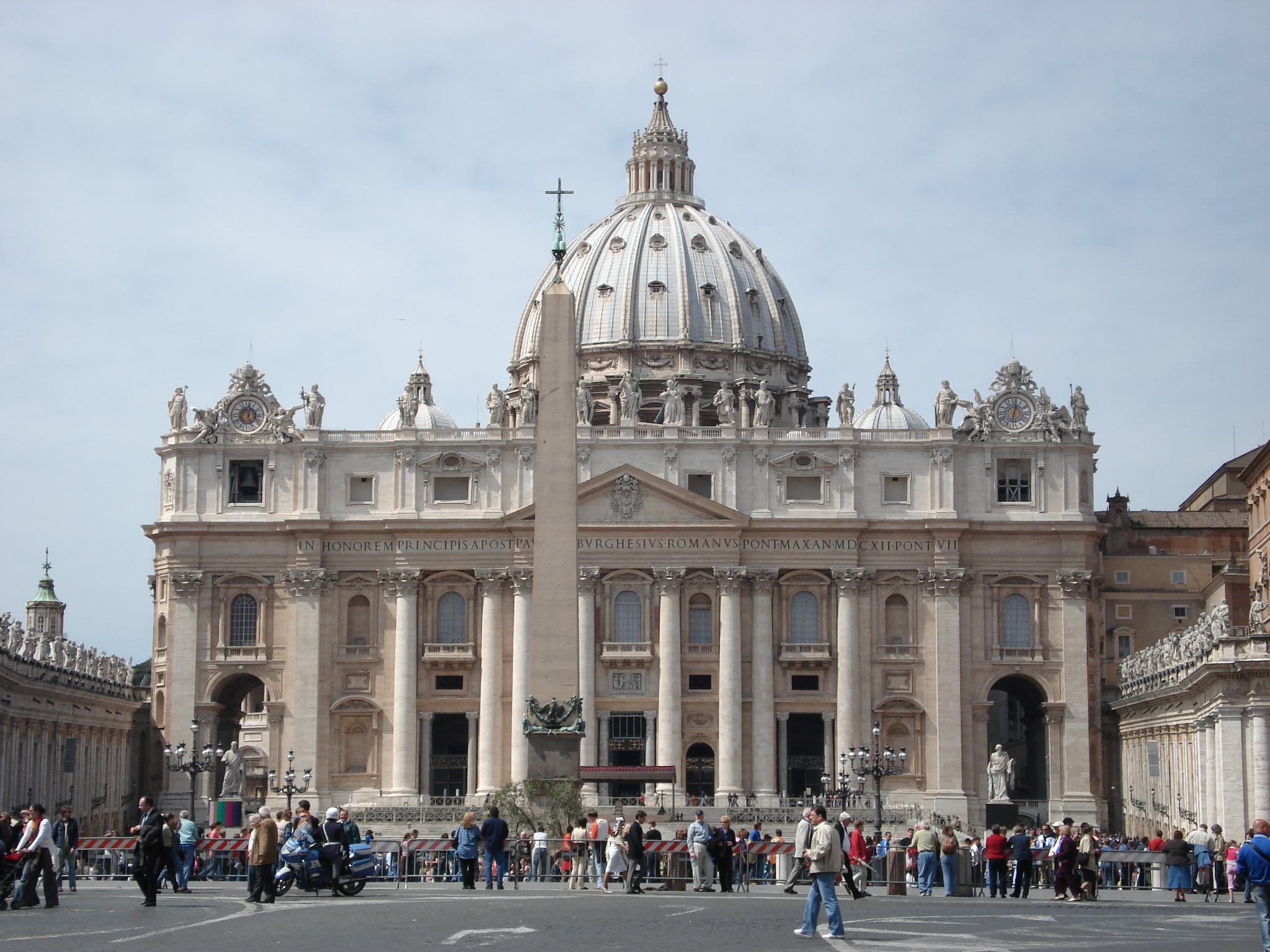Hamburg, as many German cities, was ravaged by World War II. You can see sometimes structures that pre-date the war and, then, lots of newer construction post-war. And there are structures that perhaps were not totally lost but repaired/re-constructed. But there are rarely any that remain as they were right when the war came to an end. Plain and simple record of how the city looked. St. Nicholas Church in the heart of Hamburg is one of those places that silently stand as a testimonial to the destruction of war, almost completely as it stood at the end of the war (minor repairs to the belltower). (Another example is Kaiser Wilhelm’s Memorial Church in Berlin.)
St. Nicholas Church and its short history
St. Nicholas Church was not an old church at the time of WWII. It had been re-built from a fire that destroyed the church as it existed on that site in the 1840s. The last church was completed in the 1870s and stood fully there until WWII – so it was about 70 years old until it was destroyed by bombs.
In reading about the church, I learned that, for a couple of years after it was built, it was the tallest building in the world (taken over by the Cathedral of Rouen when it got finished in 1876).
After WWII, the St. Nicholas Church could have been re-constructed but it was decided to keep it as a memorial. Remaining standing outer walls were leveled years after the war. Some were not in favor of this as great architecture was lost. Attention was not paid to the site after that and it further decayed. That was until 1987 when it was prepared to serve as a place of remembrance.
Great views of Hamburg and its history
Nowaways, one can ascend the tower (for a small fee) via an elevator installed in 2005 and take in views of this great city from 76m high (the tower is almost twice as tall). At the same time, the viewing area shows pictures of the vicinity as it looked at the end of the war.
As many cities do, Hamburg has many great corners to explore, such as the Blankenese district in its outskirts. St. Nicholas Church is one of those places that carries a lot of meaning and conveys it effectively without needing to over-dramatize, over-complicate, or over-explicitly-explain. Clearly, I highly recommend visiting the site AND going up. The images from the past and from today are well worth it. So, to wrap this post up, ere are some of the views from up high!
Other posts about Hamburg:
- Hamburg’s Stair District: Blankenese
- The Old Elbe Tunnel: A Way to Get Great Views of Hamburg
- 12 cool things to see in Hamburg























































































































































































